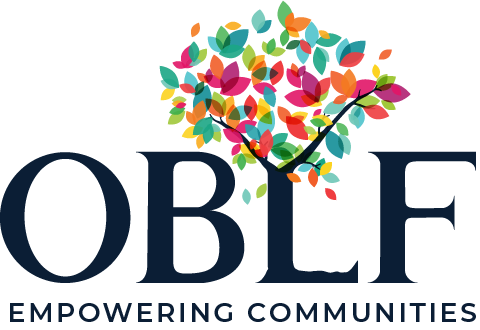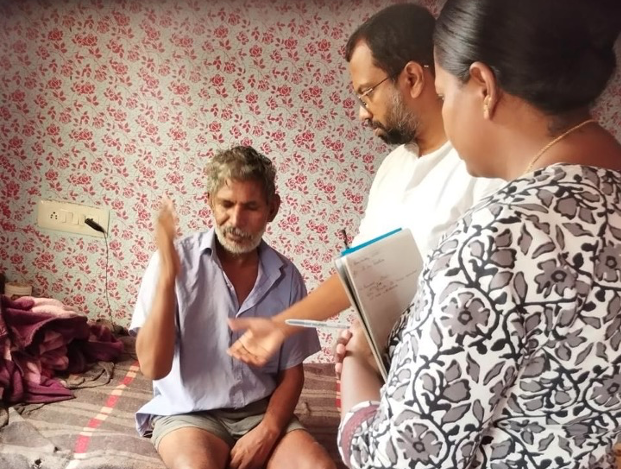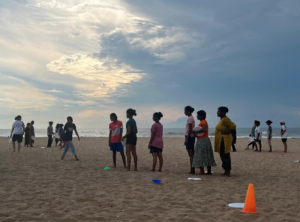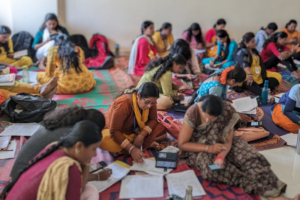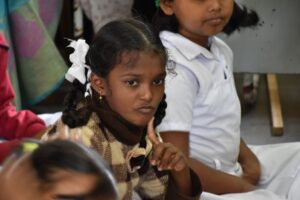Ramesh Reddy’s Story
Ramesh Reddy’s success story through geriatric & palliative care
Ramesh Reddy, a 45-year-old farmer from the remote village of Vanakkanahalli, once led a life rooted in hard work and resilience. That all changed three years ago when a sudden stroke left him paralyzed on the right side of his body. In a single moment, he lost not only his physical abilities but also his independence, forcing his family into a difficult caregiving role. This marked the beginning of a challenging chapter for Ramesh and his loved ones.
Despite receiving initial care from the local primary healthcare team, Ramesh’s condition showed little improvement. His immobility confined him to his bed, and he endured constant, severe pain. The strain of the situation weighed heavily on his family, particularly his wife, who became his primary caregiver. Frequent mood swings, born out of frustration and helplessness, further strained their relationship, creating a tense atmosphere at home.
In May 2024, Ramesh’s case was referred to the Palliative Home Care team from Indlawadii Panchayat, a program initiated by OBLF. The team, accompanied by Shashikala, a compassionate and capable local field worker, visited Ramesh at his modest home, which sat some distance away from paved roads. They conducted a thorough clinical assessment, engaging in heartfelt conversations with both Ramesh and his wife to understand the full extent of his physical and emotional struggles.
At that point, Ramesh was practically bed-bound, able to stand only for brief moments with the help of his wife. His pain was intense and unrelenting, and the emotional toll was evident. His once vibrant personality had been overshadowed by the weight of his condition, creating a ripple effect of distress within the family.
Recognizing the complexity of Ramesh’s situation, the team crafted a two-pronged approach. The immediate focus was on relieving his pain, while a long-term plan was put in place to address his physical, nutritional, and emotional needs. The goal was not just to reduce his pain but to empower him toward a more independent life. Support for his wife, as the primary caregiver, was also a crucial part of the plan. The team aimed for 80% pain relief before introducing physical rehabilitation.
